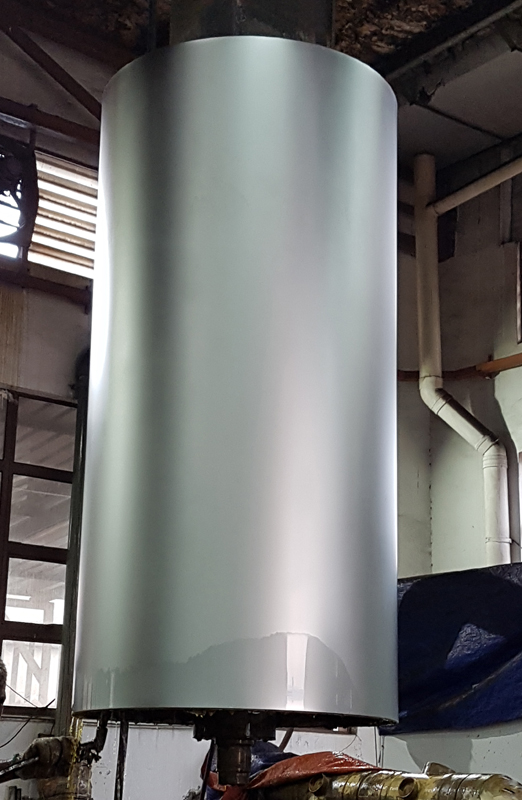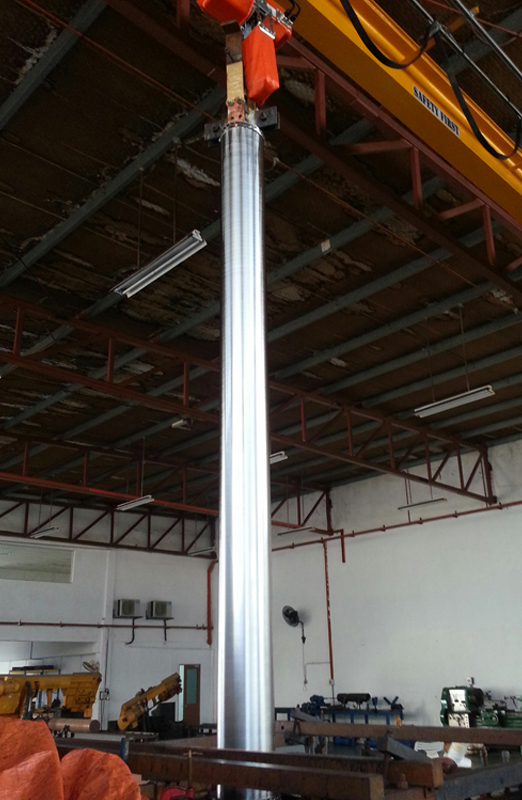
Adeptech Engineering in collaborations with local and oversea metal coating companies to combine the expertise of total surface coating technology, providing a range of wear and corrosion resistant coatings to industrial sectors. In addition, the company will be able to offer customers a one-stop solution’s shop covering technical sales, research and development, and coating design Support.
Hard Chrome plating (also known as "Industrial Chrome") is applied to ferrous and nonferrous materials to improve wear and abrasion resistance, reduce friction, prevent seizing and galling, and to restore the dimensions of undersized parts.
Hard Chrome can be applied to all types of stainless steel alloys, most ferrous metals, and some nonferrous metals including copper and brass. Please contact our application engineers to discuss the feasibility of applying Hard chrome to other metals such as aluminum.
Deposits can be applied from 0.020 to 0.8mm thickness for wide range of application. The thinner deposits being used to substantially increase the life of components in wear application or corrosive environment, and the thicker deposits being used for salvage and repair of worn, damaged or mis-machined components.
Hydrogen embrittlement can occur when hardened tool steel (Rc 52 or harder) is plated with industrial hard chrome. Stresses caused by the formation of hydrogen in the deposit can render the component susceptible to fracture. Although overlooked by many platers, this problem is easily solved by α - Chrome
α - Chrome has almost twice the wear resistance of conventional micro crack hard chrome. The effect of the micro cracks improves the corrosion resistance.. In a conventional hard chrome the corrosion between the coating and the substrate escapes through the limited number of cracks, and if the corrosion rate is high the corrosion will cause large blisters of rust pushing the chrome away from the surface as the products of corrosion take up more space than the original material. With the micro crack coating the corrosion has many more routes of escape and the damage caused by corrosion is significantly reduced.
α - Chrome as deposited has a surface hardness of 950 – 1150 Vickers which is significantly harder than a conventional hard chrome of between 600 – 800 Vickers, thus resulting in improved wear resistance.
The resistance to corrosion depends upon the condition of the substrate and the thickness of the deposit. Micro Crack Hard Chrome is so called because of the structure of the deposit. As the electroplating process takes place the Chromium being deposited becomes highly stressed. At approximately 2 microns deposit the coating cracks and continues to crack throughout the cycle time at 2 microns deposit. The cracks are not continuous to the surface. The number of cracks per linear inch will be a minimum of 1000.
Part that under α - Chrome process will having a corrosion resistance 50% more higher than normal hard chrome.

chrome roller with satin surface finish

Hydraulic shaft for chroming